If you haven't participated in this week's Math Craft project on the platonic solids, maybe this will inspire you to do so.
Michael Hansmeyer is an architect and programmer based out of Switzerland who works with algorithms in architecture. His Platonic Solids project investigates how relying purely on geometry to produce an aesthetic form can create a visually stunning and complex result:
"[The project]… takes the most primitive forms, the platonic solids, and repeatedly employs one single operation – the division of a form's faces into smaller faces – until a new form is produced.
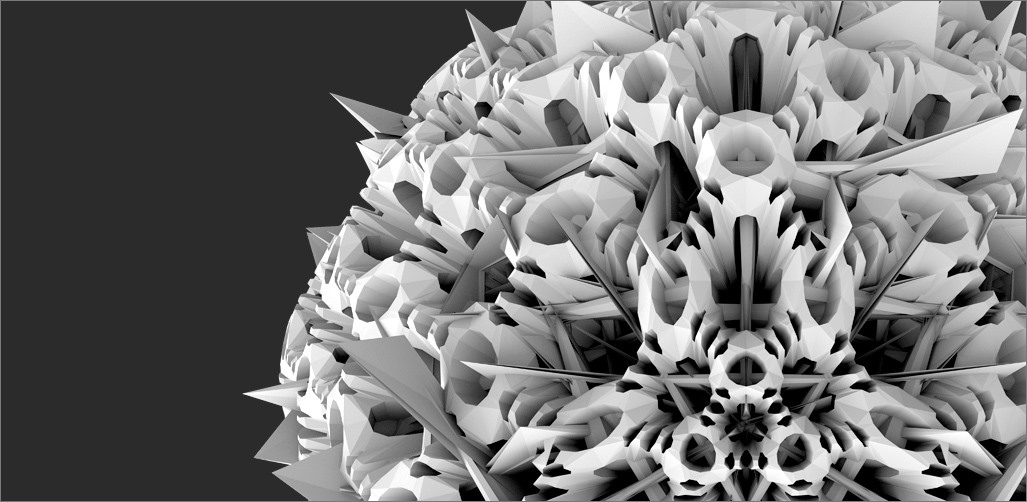
All of the forms shown are generated using the same single process. Only the variables that control the process' division operation are allowed to change. This single process affects both the form's topography and topology. It influences attributes such as the degree of branching, porosity, and fractalization - just to name a few….

The processes at the core of this project are the Catmull-Clark and Doo-Sabin algorithms. They were both conceived of in the late 1970's with the aim of generating smooth surfaces from coarses polygonal meshes."





Just updated your iPhone? You'll find new emoji, enhanced security, podcast transcripts, Apple Cash virtual numbers, and other useful features. There are even new additions hidden within Safari. Find out what's new and changed on your iPhone with the iOS 17.4 update.



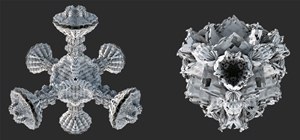
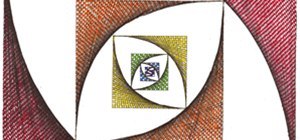
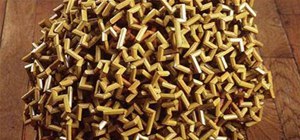
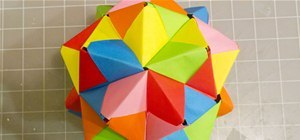
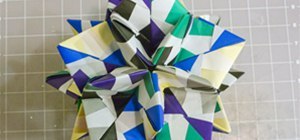
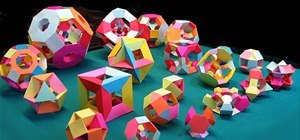
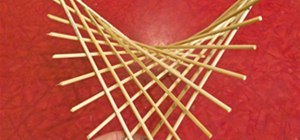
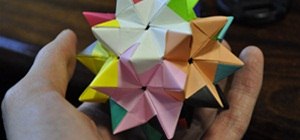
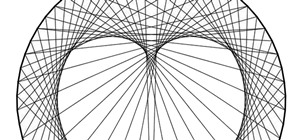

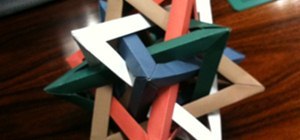
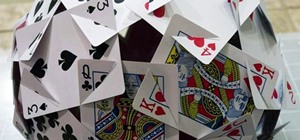
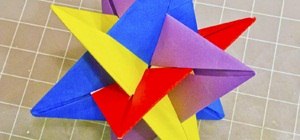
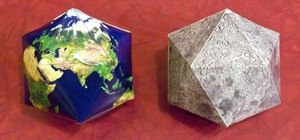
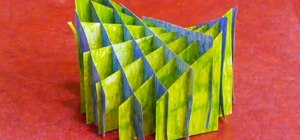
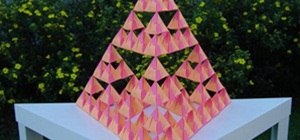
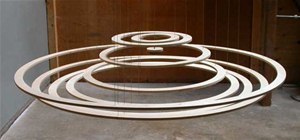
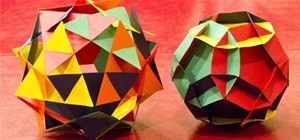
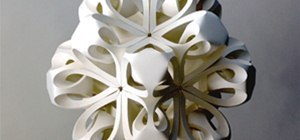
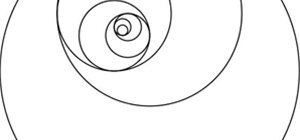
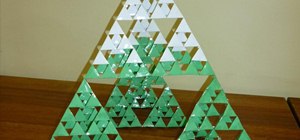
1 Comment
Very Cool. Complex 3d Fractals based off of the platonic solids. I guess it shouldn't be too surprising that they look like snowflakes. Those are fractals based off of hexagons.
Share Your Thoughts